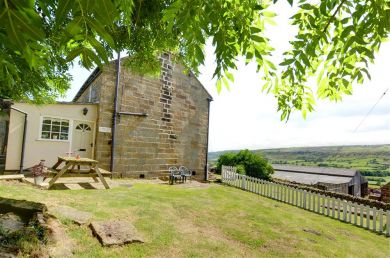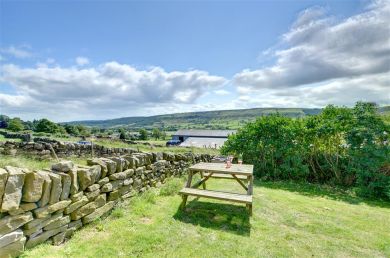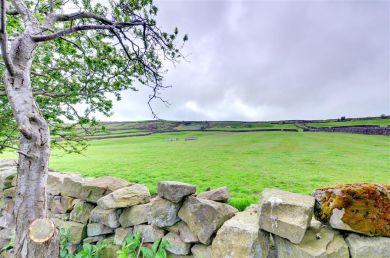Yorkshire cottages
NEW
£1,423 - £2,550
£373 - £718
£777 - £1,702
£2,275 - £3,710
NEW
£1,210 - £1,410
£500 - £808
£544 - £719
£550 - £1,053
NEW
£1,833 - £3,290
£551 - £1,092
£627 - £954
Holiday Cottages in Yorkshire
As England’s largest county, Yorkshire is a diverse region with so much on offer that you’ll be spoilt for choice when it comes to holiday activities. Our Yorkshire holiday cottages will also leave you spoilt for choice, as our fabulous homes are spread across the county, from coast to country, and offer everything you could wish for in a holiday cottage. From luxury homes with hot tubs and open fires to dog-friendly country retreats, our Yorkshire holiday cottages have something for everyone.
Our unique array of Yorkshire Dales cottages put you right at the heart of one of the UK’s most favoured national parks. Richmond is one of the Dales’ most famous towns and is a great spot for a holiday, as it is the gateway to so many amazing walks and paths across the countryside, while also being a hive of activity. As a very historic town, Richmond has an array of family-friendly attractions, including Richmond Castle. However, a lesser-known but very interesting attraction is the Georgian Theatre Royal, a small local theatre and one of the oldest in Britain. The theatre still runs regular performances today and visitors can book a guided tour of this charming place. We have a large collection of Richmond holiday cottages for you to choose from.
Other lovely locations in the Dales include Knaresborough, Leyburn, Skipton and Hawes. Knaresborough is a village like no other and is home to an amazing viaduct that runs over the River Nidd. Skipton is close to an area of the Dales known as Wharfedale, and our cottages here put you in a prime spot for visiting iconic Yorkshire sites such as Bolton Abbey, Burnsall, and Ilkley Moor.
Our coastal cottages in Yorkshire are perfect for those seeking golden beaches, rolling countryside, and some of the country’s most famous seaside towns. For those looking for cobbled streets, independent shops and spooky sites, check out our holiday cottages in Whitby. If it’s traditional seaside fun you’re after, take a look at our Scarborough homes, and for those chasing some peace and quiet, turn to our homes in Staithes and Runswick Bay.
A large portion of our Yorkshire holiday cottages are dog-friendly, and Yorkshire is the ideal destination for dog owners. With the North York Moors and the Yorkshire Dales come walking routes in abundance, ranging from the mighty Three Peaks to slow strolls through remote villages. The Yorkshire coast is also particularly dog-friendly, and we highly recommend a trip to Hunmanby with your four-legged friend. The beaches of Hunmanby Gap and Reighton Sands are both dog-friendly all year round and perfect for a game of fetch and a paddle in the sea.
You can read more about God’s Own County and all it has to offer in our Yorkshire Travel Guide.








